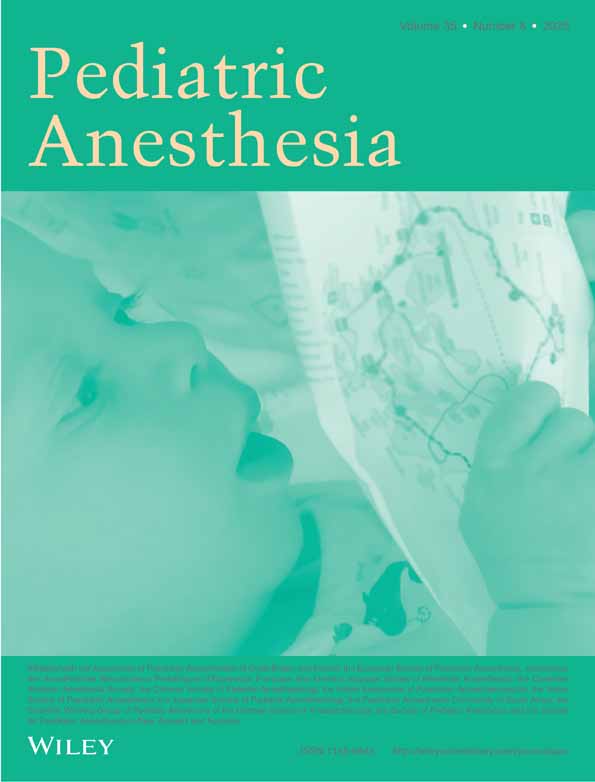Severe head trauma in children: cranial computer tomography and clinical consequences
Abstract
Background: We investigated the prognostic and therapeutic implications of cranial computerized tomography (CCT) examinations after severe head trauma in children.
Materials and methods: The CCT scans from 248 children (aged 0.1–14 years) during the course of treatment after severe head trauma were assessed. The initial CCT findings, the frequency of CCT examinations and the schedule as well as duration of treatment were registered. The neurological outcome was examined both 1 month and 1 year after the trauma.
Results: Approximately one-third (29%) of the children who suffered from severe head trauma showed no changes in the CCT. Furthermore, 40.3% of the children showed a singular finding in the CCT, whereas 30.6% of all children had a combined injury pattern. One year after trauma, we found no impairment of consciousness in children without pathological CCT findings, as well as in cases with isolated epidural and subdural haemorrhage. Children with massive generalized brain oedema had the poorest prognosis (37% died, 25% had impairment of consciousness). The outcome of children with parenchymal and ventricular bleeding was also unfavourable (23.1% and 33.3% neurological findings). Patients with focal oedema likewise had impairment of consciousness. An average number of 3.0 CCT per child was performed but numbers in single cases varied greatly (1–13 scans per individual).
Conclusions: The initial CCT was of importance regarding further therapy, especially for children in need of surgical treatment. In the other cases, there was no direct impact from CCT findings on treatment procedures in the paediatric intensive care unit. The initial CCT was related to the prognosis, which can be poor even if there are only minimal changes in CCT, such as focal oedema or isolated ventricular bleeding.




